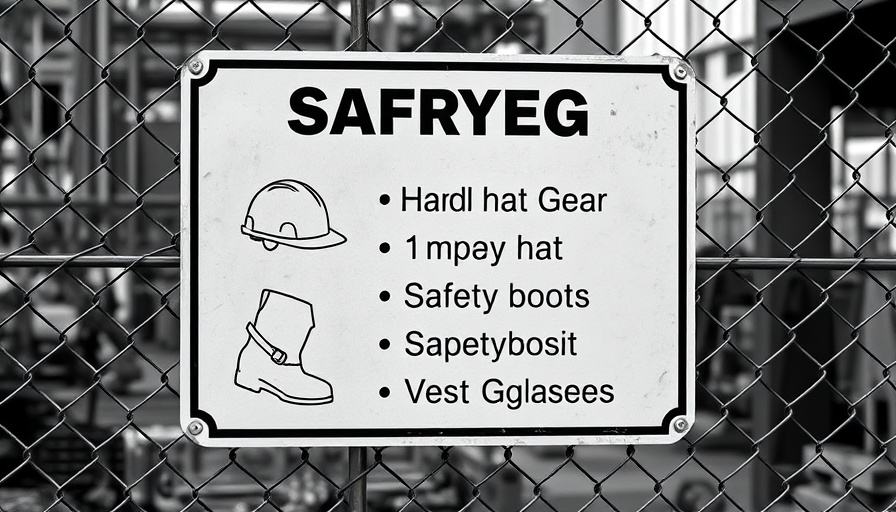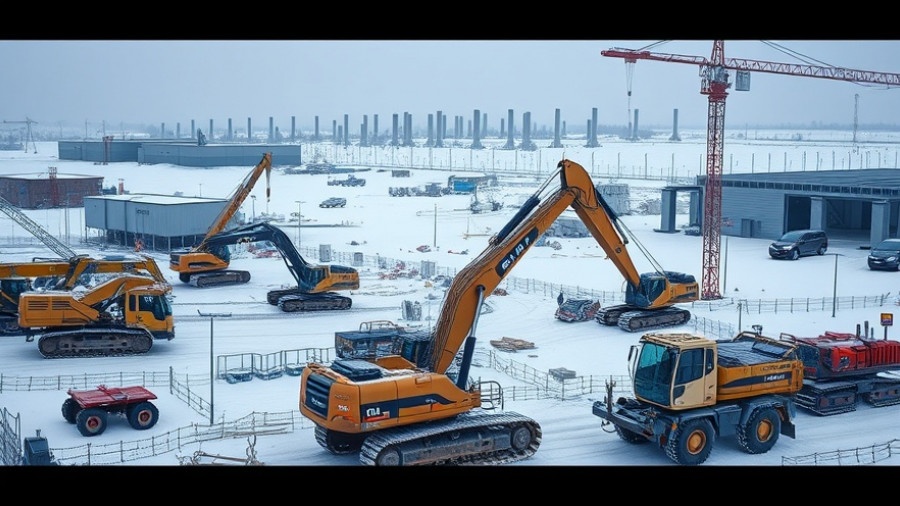
Redefining Safety in Construction
In the construction industry, cultivating a robust safety culture transcends mere compliance; it is a dynamic, ongoing commitment that shapes the very fabric of daily operations. As professionals in architecture, contracting, and fabrication grapple with the implications of safety procedures, the urgency to embed these practices deeply into every layer of company culture is more critical than ever.
The Continuous Learning Mindset
First and foremost, it's essential to foster an environment where safety training is viewed as a continuous journey rather than a one-time checkbox. Every team member, from seasoned contractors to new installers, should be treated as if they are always in training. This approach not only reinforces learning but also enhances accountability, leading to fewer safety incidents on-site. In industries heavily reliant on granite, marble, and tile installations, rigorous safety protocols must be woven into every project lifecycle.
Simplifying Complex Information
Another cornerstone of an effective safety culture lies in simplifying important information. In a world overwhelmed by details, clear and concise safety guidelines become a lifeline. When workers can effortlessly grasp core safety protocols, the likelihood of accidents decreases significantly. This simplicity should resonate well with architects and designers who demand clarity when collaborating with contractors or fabricators.
The Role of Mentorship in Safety
Mentorship is not just a buzzword but a vital resource that can bolster safety practices, especially as fresh talent enters the field. By visibly identifying newcomers—perhaps with something as simple as red reflective tape on a helmet—veterans can offer guidance and foster safer work practices through relationships built on trust. This connection makes the workplace safer and emphasizes a collaborative learning culture beneficial for everyone involved.
Celebrating Successes and Learning from Errors
Coaching through mistakes is paramount. Cultivating a mindset where errors serve as lessons not only enriches the collective knowledge but also nurtures resilience among teams. Emphasizing a learning culture allows employees to see accidents not as failures but as opportunities for growth.
The Expansive Nature of Safety
Lastly, it’s crucial to understand that safety must extend beyond actual job sites. It should permeate every aspect of the business, influencing how architectural designs are collaborative and how contractors engage with their fabricators. This integrated approach guarantees that safety standards are not only met but exceeded, paving the way for companies to thrive.
In conclusion, adopting a culture of safety within construction represents a strategic imperative capable of enhancing both operational efficiency and community welfare. As individuals hold the torch of safety aloft, partnerships can flourish, leading to an empowered workforce prepared to tackle the challenges of any project.
 Add Row
Add Row  Add
Add 




Write A Comment